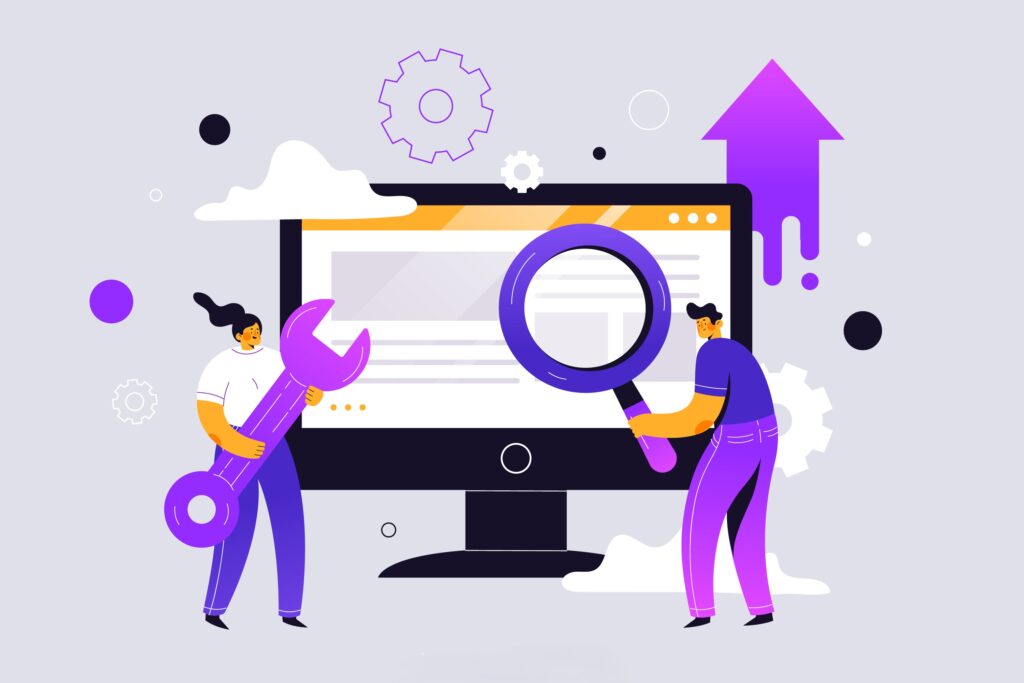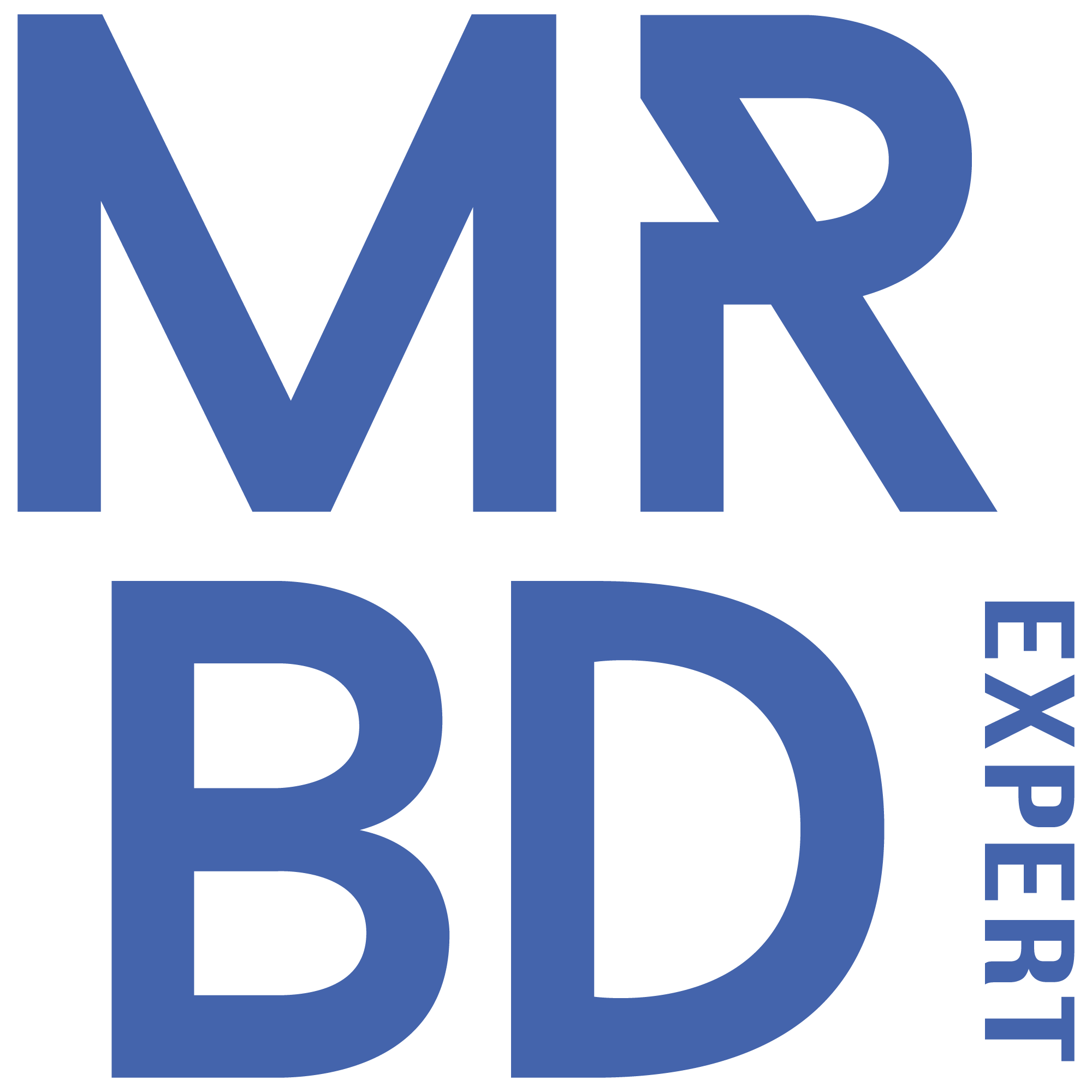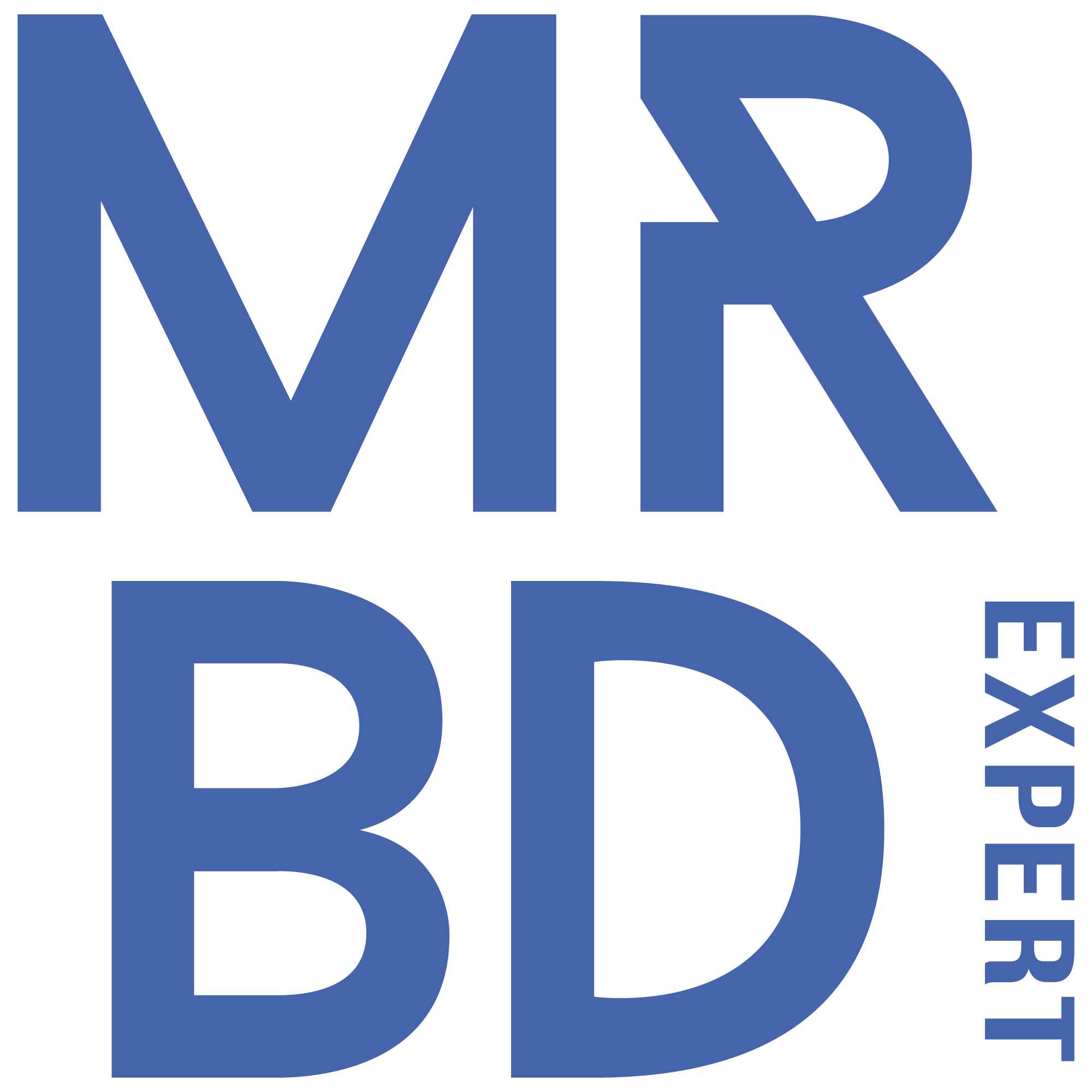You’ve done the hard part. You’ve built a website that truly represents your business polished design, smooth navigation, and top-notch content. Everything works like a dream. From intuitive user experience to valuable information, you’ve crafted a space that’s meant to be shared with the world. But here’s the problem: even the most brilliant website is invisible if Google can’t find it. If Google can’t crawl your site and index its pages, all your hard work is essentially wasted. You’ve put together a beautiful, functional site, but without proper visibility on search engines, it’s like building a house in the middle of a forest with no roads leading to it. And that’s where two unglamorous yet critical concepts come in: crawlability and indexability. These are the foundation of getting your website in front of users who are actively searching for what you offer.
Without them, your SEO efforts are basically like putting a neon sign in the middle of a locked basement, where no one can see it or interact with it. Understanding how to make sure your site is crawlable and indexable by search engines will ultimately determine your site’s success in ranking and visibility.
What is Crawlability?
Think of crawlability as your site’s open-door policy for search engines.
When Googlebot (Google’s automated crawler) visits your site, it moves from page to page following links, gathering information, and mapping out your content. This is called crawling. Googlebot works like an explorer navigating your website, gathering data about each page it visits. If your site is crawlable, Googlebot can:
- Access all the pages you want visible: This ensures that important pages like your product or service pages, blog posts, and contact information are available for Google to read and index.
- Follow links without hitting dead ends: Dead links or broken paths prevent Googlebot from finding valuable content, making it difficult for your pages to get ranked.
- Understand how your site is structured: The clearer the structure, the easier it is for Google to understand the relationship between pages, prioritize important content, and deliver a more relevant search result to users.
In a well-organized and crawlable website, all the paths are open and navigable. If your site is not crawlable, it’s like locking the doors on Google. No matter how amazing your content is, it won’t get the chance to rank because Google won’t even know it exists. Even the best SEO strategies will fail if Google cannot access and explore your website.
How Google Finds Your Pages
Google discovers your pages in a few main ways:
- Internal links – Googlebot follows hyperlinks within your site to find related content. These links act as pathways that guide Googlebot to other parts of your site, ensuring the entire site gets explored.
- External links – Links from other websites pointing to yours. When authoritative websites link to your content, Googlebot is directed to your site through these external connections.
- Sitemaps – XML files you submit to Google listing your important URLs. A well-organized sitemap acts as a roadmap for Googlebot, helping it discover all the pages you want indexed.
The easier it is for bots to move through your site, the better your crawlability. A well-optimized, crawlable site ensures that search engines can find, understand, and index all your important content, boosting your chances of ranking higher in search results. Optimizing crawlability is one of the first steps toward improving your overall SEO strategy and ensuring your site gets seen.

What is Indexability?
Crawlability is just the first step in making your website visible on Google. After Google visits your site, it decides whether or not to save that page in its big list, called the “index.” Only pages that are saved in this list can appear in Google’s search results.
Here’s the important thing to remember:
Just because Google can find a page (crawl it) doesn’t mean it will show up in search results (index it).
For example:
- If a page has a “noindex” tag (which is like telling Google, “don’t save this one”), Google will still visit it but won’t put it in search results.
- If the page has low-quality content or is very similar to other pages on the web, Google might decide it’s not worth showing to people, so it won’t index it.
To sum it up:
- Crawlable = Google can find the page.
- Indexable = Google can show the page in search results.
It’s like having a library where books can be found, but only some are chosen to be put on the display shelves.
Why Crawlability and Indexability Matter
Crawlability and indexability are super important because without them, no one will see your site on Google. Here’s why:
- People can’t find your content:
If Google can’t crawl and index your pages, no one will see them in Google search results. Even if you have great content, it won’t matter if Google can’t find or save it. - You won’t show up in search results:
If your pages aren’t indexed, they won’t show up when people search for things on Google. So, even if you spent time writing a great post, it won’t rank or appear to anyone. - Your hard work goes to waste:
You may spend a lot of time making your website look nice or writing awesome content. But if Google can’t crawl or index it, all that effort will be wasted, as people won’t find your pages. - Even the best blog post won’t be seen:
Imagine writing an amazing blog post with great tips, but if Google can’t find it or save it, no one will ever see it. It’s like writing something important and putting it in a box that no one can open.
Because of this, SEO experts often start by checking if Google can crawl and index a website. They make sure everything is set up correctly before they focus on improving the content or building links to the site.
5 Common Crawlability & Indexability Issues (and How to Fix Them)
These are some of the main problems that can stop your website from showing up on Google, plus simple ways to fix them.
1) Thin Content
Problem:
Google wants to show people useful and helpful information. If a page on your website has only a few sentences or basic information, it’s not enough for Google to think it’s valuable. This is called “thin” content, and Google might not show it in search results.
Fix:
- Add More Useful Information: Make your pages longer by adding details like facts, advice, pictures, or videos that help explain things better.
- Combine Short Pages: If you have several short pages with similar information, you can combine them into one big, helpful page.
- Make Sure Even Small Pages Are Useful: A page doesn’t have to be long to be valuable. If it answers a specific question or helps people with a problem, Google will still consider it important.
Example:
Let’s say you sell kitchen tools. Instead of making five different short pages about similar spatulas, combine them into one big page called “The Ultimate Guide to Choosing the Right Spatula.” You can add pictures, videos, and comparisons to make it more helpful to people. This way, Google is more likely to include it in search results.
2) Mobile-First Indexing Issues
Problem:
Google looks at your website on phones first to decide how to rank it. If your website doesn’t work well on phones (like if it’s slow or hard to use), it can hurt your chances of showing up in search results.
Fix:
- Make Your Site Mobile-Friendly: Use a design that works well on phones, tablets, and computers. This way, people can easily use your website no matter what device they’re on.
- Make Your Site Load Faster: Compress (shrink) images so they don’t slow things down, and use simple code to speed up your site.
- Test Your Site: You can use Google’s Mobile-Friendly Test tool to check if your site works well on phones. It will tell you if anything needs fixing.
Pro Tip:
It’s not just about making your site look good on phones. The content on your mobile site should be the same as what’s on your desktop site. Google wants to see the same information everywhere.
3) Broken Links
Problem:
A broken link is like a road that leads to nowhere. If you have links on your site that don’t work or go to pages that are missing, Google will have trouble crawling your site, and it can hurt your rankings.
Fix:
- Fix Broken Links: Check your site regularly for broken links and either fix them or remove them.
- Redirect Links: If you change a page’s URL, make sure it sends people to the new page. This is called a “redirect” and helps keep everything working smoothly.
4) Duplicate Content
Problem:
If you have the same or very similar content on different pages of your website, Google might get confused. It won’t know which page is the most important to show in search results, so it might not show any of them.
Fix:
- Use Canonical Tags: This tells Google which version of a page you want to be the main one.
- Combine Similar Pages: If you have many pages with almost the same content, combine them into one strong page that gives all the necessary information in one place.
5) Slow Page Speed
Problem:
If your website takes too long to load, people might leave before it even finishes loading. Google also doesn’t like slow websites and may lower your rank if it’s too slow.
Fix:
- Make Your Images Smaller: Big images can slow down your site. Use tools to shrink the size of your images without losing quality.
- Use a Content Delivery Network (CDN): A CDN helps load your site faster by saving copies of your website in different places around the world, so users can access it more quickly.
- Minimize Files: If your site uses a lot of complicated code, try to reduce it. This will make the page load faster.
Pro Tip:
You can test how fast your website is using Google’s PageSpeed Insights tool. It will give you tips on how to speed up your site.

How to Check if Your Pages Are Being Crawled & Indexed
After making sure your website is set up right, you need to check if Google can actually see and list your pages. This is important because if Google can’t find your pages, they won’t show up in search results. Here are some easy ways to check if Google is looking at your website correctly:
Google Search Console
Google Search Console is a free tool from Google that helps you see how your website is doing in search results. One of the best things it can do is show you if Google is crawling (reading) your pages and if it’s putting them in its index (the list of pages Google shows in search results). You can use the URL Inspection Tool to see if a page is being indexed. If there’s a problem, it will tell you what went wrong and help you fix it.
Site Search
A simple way to see which pages Google has listed is by using a site search. To do this, type site:yourwebsite.com into Google’s search bar. This shows you all the pages Google has saved. If you notice that a page you wanted listed isn’t showing up, it might not be indexed. You can try to fix this by improving the page or letting Google know it exists.
Log File Analysis
Log files are records kept by your website’s server that show every time Google visits your site. By looking at these files, you can see which pages Google is checking and how often it checks them. If Google isn’t visiting your important pages or is having trouble, you can figure out why and make it easier for Google to see those pages.
Third-Party Crawlers
There are tools like Ahrefs, SEMrush, and Sitebulb that let you check your website like Google does. These tools show how Googlebot (the program Google uses to read your website) sees your pages. They can help find problems like broken links or pages that are hidden from Google. These tools are a great way to make sure everything is working well.
Note:
If you see “Discovered – currently not indexed” in Google Search Console, it means Google knows about the page but hasn’t added it to the index yet. This could be because Google is busy with other pages or doesn’t think the page is important enough to show in search results.
The Impact of Crawlability on Your Website’s Visibility
Crawlability is crucial when it comes to how visible your website is in search engine results. It’s about whether search engine bots, like Googlebot, can easily access and read the pages on your site. If the bots can’t find your content, it won’t show up in search results. When Googlebot visits a site, it goes from page to page, collecting information. If there are obstacles like broken links or blocked pages, the bots might skip over them, meaning those pages won’t be included in the search index. The way your site is organized matters a lot.
If pages are easy to find and linked well, bots will have no trouble getting to them. But if important pages are buried too deep in the site or not linked properly, it becomes harder for Google to find them. Websites with a poor structure often miss out on ranking because Google might miss content that could have been valuable. Page speed also affects crawlability. Slow-loading pages are bad for both users and search engines. If your site takes too long to load, Googlebot might not get through all your pages in time, or it may skip over some. Google favors fast websites because they provide a better experience for visitors. If your site is slow, it can hurt the crawl process and make it harder for your pages to be indexed.
Best Practices to Maximize Crawlability and Indexability
Now that you know how to check if your pages are being indexed, here are some things you can do to make sure Google can easily crawl and index your pages.
Keep Your Site Structure Logical
Your website should be easy for both users and Google to understand. Important pages should be just a few clicks away from your homepage. This way, both people and Google can easily find what they’re looking for. A good site structure helps Google’s bot crawl your site faster and more efficiently.
Submit an XML Sitemap
An XML sitemap is a list of all the important pages on your website. It’s like a map for Google that shows where to find everything. By submitting this sitemap through Google Search Console, you help Google quickly find and crawl all your pages. This makes it easier for your pages to be indexed and show up in search results.
Use Internal Links
Internal links are links that connect one page on your site to another. They help Google find and crawl more pages. By linking related content together, you can make sure Googlebot visits your most important pages. These links also help users navigate your site and find helpful information more easily.
Avoid Unnecessary URL Parameters
URL parameters are extra bits at the end of web addresses that change how a page looks. If you have too many, it can confuse Google and waste its time. Try to keep URLs simple and only use parameters that are really necessary. If you have multiple versions of the same page, use a canonical tag to tell Google which one is the main page to index.
Monitor Changes
SEO isn’t something you do once and forget about. It’s important to keep checking your website to make sure everything is working well. Every time you make changes, like adding new pages or updating old ones, you should make sure Google can crawl and index them. This helps your site stay in good shape and keep ranking well on Google. Additionally, web design services can play a key role in ensuring your website is structured in a way that makes it easy for search engines to crawl and index your content effectively.
By following these tips, you can make sure Google is able to find and show your pages in search results. The easier it is for Google to crawl and index your site, the better your chances are of getting noticed by people searching for information related to what you offer.
Make Sure Your Pages Get Seen
Crawlability and indexability are easy to overlook, yet critical for SEO success. Without them, even well-written content can remain invisible. Shopify SEO services help e-commerce stores make sure product and category pages appear in search results. Companies providing digital marketing services need to check that client sites are fully readable by search engines. For video editing services and web design services, proper technical setup ensures portfolio pages, case studies, and service details reach potential clients. Regular audits catch problems early.
Google Search Console, Screaming Frog, and SEMrush identify broken links, duplicate content, slow pages, and blocked sections. Clean site architecture, updated sitemaps, and internal linking increase the number of pages that bots read and index. Search engines do not index pages automatically. Pages must be reachable and readable. Fixing crawl issues and keeping content organized improves traffic without extra advertising. Good technical practices make your site easier for bots and visitors to use. Additionally, digital marketing services can help promote your site through strategies like paid ads and social media, bringing more attention to your well-optimized pages.
FAQs
- What is crawlability in SEO?
Crawlability is how easily search engines can read and access the pages on your website. If a page isn’t crawlable, it won’t appear in search results. Tools like Google Search Console or Screaming Frog can help check this. - What is indexability in SEO?
Indexability determines whether a page that is crawlable is actually added to search engine indexes. Pages blocked by “noindex” tags, duplicate content, or thin content may not be indexed. - How can I check if my site is crawlable?
Use Google Search Console to inspect URLs, Screaming Frog to simulate crawling, and SEMrush for full site audits. These tools spot broken links, redirects, and blocked pages. - Why is internal linking important?
Internal links guide search engines to all pages on your site. They help important pages get indexed faster and distribute link authority across your website. - How do sitemaps help with SEO?
XML sitemaps act like a roadmap for search engines. They list your pages so search engines can find and index them quickly. Make sure your sitemap includes only canonical URLs. - Can slow page speed affect crawlability?
Yes. Pages that load slowly take longer for bots to crawl, which can reduce the number of pages indexed. Optimizing images, scripts, and caching improves crawl speed. - How do Shopify SEO services help with crawlability?
These services fix technical issues on Shopify stores, including broken links, duplicate content, and sitemap setup, making product and collection pages easier for search engines to read. - Can digital marketing, video editing, or web design services affect SEO?
Yes. Technical setup, website design, and structured content affect crawlability and indexability. Properly configured sites increase the chance that search engines read and index all important pages. - What common mistakes hurt indexability?
Using noindex tags on important pages, duplicate content, thin content, broken links, and poor internal linking can all prevent pages from being indexed. - How often should I check crawlability and indexability?
Regular checks are best. Monthly or quarterly audits help catch new issues before they affect rankings and traffic.




